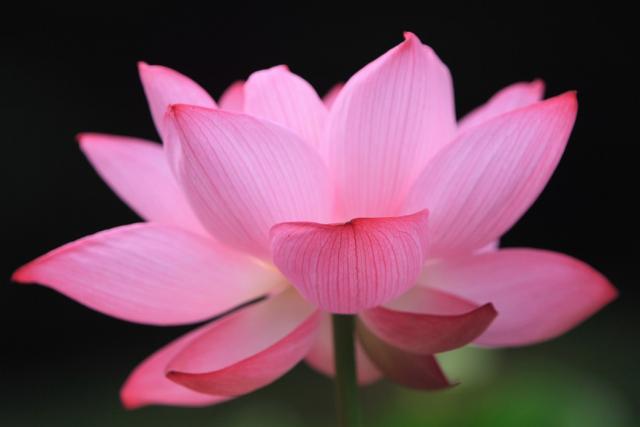 If you look at the images of Hindu deities, you will see that many of them are depicted as sitting on a lotus. The image of Sarasvati shown above is one such example. Numerous references to the lotus can be found in the Vedas, Upanishads, Puranas, slokas, kathas and other ancient Hindu literature. In yoga, one of the most famous postures is called the lotus posture.
If you look at the images of Hindu deities, you will see that many of them are depicted as sitting on a lotus. The image of Sarasvati shown above is one such example. Numerous references to the lotus can be found in the Vedas, Upanishads, Puranas, slokas, kathas and other ancient Hindu literature. In yoga, one of the most famous postures is called the lotus posture.
The lotus grows in murky, unpleasant environments full of impurities. Yet it is fragrant, pure, spotless and beautiful. When you see a lotus in a murky pond, it makes the whole pond seem much nicer and less hideous. This is the key to the significance of the lotus in Hinduism. It is an example to follow. We have to strive to be like the lotus. In practical terms this means that despite the problems in our surroundings; the pressures, the tension, the temptations etc; through vigilance and introspection we have to make our character pure and fragrant. Most people are products of their surroundings. But the lotus is a reminder that we needn’t be. We can be what we want. According to the Hindu teachings, “the spirit of the best of men is spotless, like the new lotus in the (muddy) water which does not adhere to it”, and “the heart of beings is like an unopened lotus: when the divine virtues are developed therein the lotus blossoms.”






























